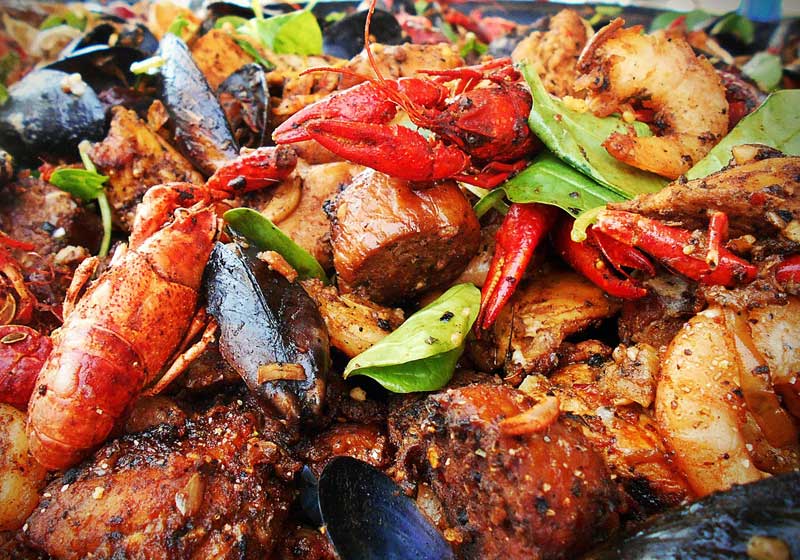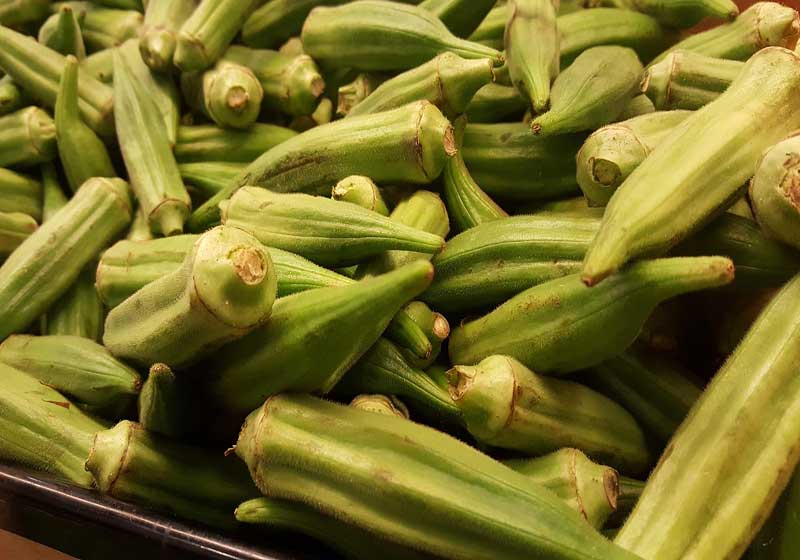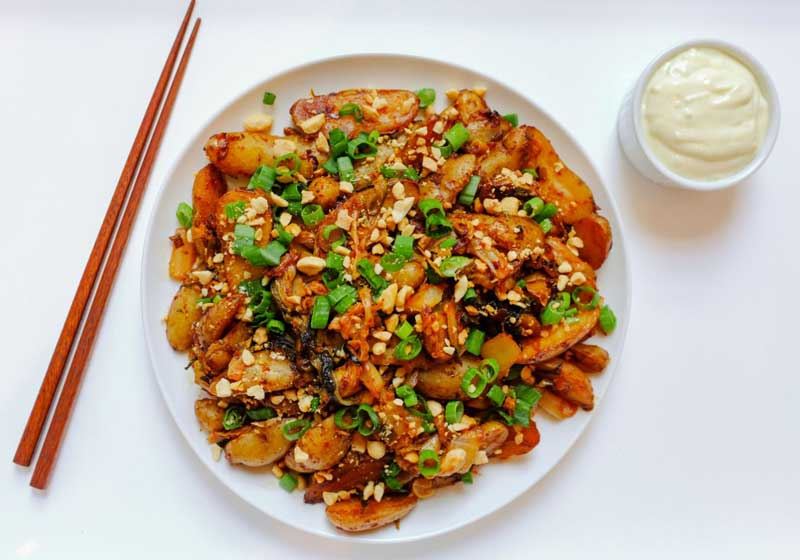By Marie-Antoinette Issa.
African-American cuisine is a living testament to history, resilience and the power of food to carry culture across oceans. The dishes many now consider Southern staples - gumbo, collard greens, cornbread - in fact have deep roots in West and Central Africa, where ingredients like okra, yams and black-eyed peas are more than mere sustenance - they are symbols of community, identity and survival.
When enslaved Africans were brought to the Americas, they carried with them a rich culinary heritage, adapting it to the ingredients and circumstances of the New World. Okra, for instance, a staple in West African kitchens, became the backbone of iconic dishes such as gumbo in Louisiana.

The mucilaginous texture that thickens stews and soups was not just practical - it was a comforting taste of home, a way to preserve a familiar culinary language in a foreign land. Gumbo itself evolved into a melting pot of flavours and cultures, combining African techniques with French, Spanish and Indigenous influences to create something distinctly African American.
Yams, another African import, transformed in the Americas into sweet potatoes, eventually becoming a cornerstone of soul food. Traditionally, yams were celebrated not just for their nutritional value but for their cultural significance in festivals and ceremonies.
In African-American kitchens, sweet potato pies, candied yams and casseroles carry forward this tradition, a subtle nod to ancestors who nurtured both body and spirit with the humble tuber. Meanwhile, black-eyed peas, long associated with good fortune and prosperity in West African culture, became a staple of Hoppin’ John, a New Year’s dish that continues to embody hope and continuity in African American households.

Collard greens, a defining feature of Southern cuisine, also trace their lineage to African gardens - specifically West African nations where these hardy leafy vegetables were prized for their resilience and nutrition. African-Americans adapted them into slow-simmered, flavour-packed greens, often cooked with smoked meat or aromatic seasonings to deepen the flavour.
Even when meat was scarce, the spices and cooking techniques ensured the dish was hearty and comforting. Collard greens became more than food - they were a way to sustain families, preserve tradition and celebrate resilience in the face of adversity.
Cornbread, too, carries echoes of African culinary practices. While maize was an Indigenous American crop, African-Americans transformed it into a versatile staple that could be baked, fried or steamed. Its slightly sweet, crumbly texture provided a reliable partner for beans, greens and stews, a humble yet indispensable element of the Southern table.

Together with black-eyed peas and collard greens, cornbread forms a trio of dishes that are at once nourishing, celebratory and deeply symbolic.
African-American cuisine is not static; it continues to evolve while honouring its roots. Chefs and home cooks alike experiment with traditional ingredients, reimagining classics for modern palates without losing their soul.
From modern takes on gumbo infused with unexpected spices, to collard green wraps filled with creative fillings, the cuisine remains a vibrant conversation between past and present. Every dish tells a story of migration, adaptation and ingenuity, reminding us that food is a carrier of memory as much as flavour.
The cultural significance of these ingredients extends beyond the plate. Okra, yams and black-eyed peas are living symbols of heritage, linking contemporary African-American communities to their ancestors’ ingenuity and resilience.

Each bite of gumbo, each spoonful of slow-cooked greens, is an act of remembrance, a connection to a history that cannot be erased. Food becomes a vessel for storytelling, community-building and celebration, embedding African traditions in the fabric of American life.
Eating African American food is, in essence, an invitation to engage with a history that is both painful and triumphant. It is a celebration of resourcefulness, a recognition of the ways enslaved Africans transformed hardship into culinary art.
The flavours are bold, comforting and deeply layered, carrying echoes of the African continent across the Atlantic and into the hearts and kitchens of generations. From the South to the soul, African flavours shaped not only dishes but a cultural identity, ensuring that every gumbo, every sweet potato pie and every skillet of collard greens carries the weight and wonder of history.







